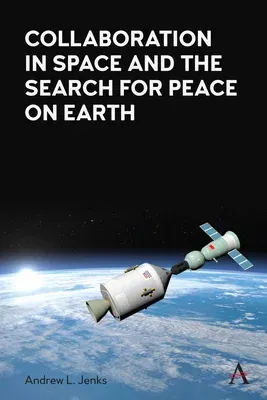The book explores the era of space collaboration (from 1970 to the
present). This period has been largely ignored by historians in favor of
a focus on the earlier space race. The Apollo-Soyuz Test Project, a key
program and catalyst for Détente, marked the transition to the new age
of space collaboration, which continued through the Soviet Interkosmos
missions, the Mir-Shuttle dockings of the early 1990s, and on through
the International Space Station. Europeans, Americans, and Russians
envisioned space collaboration as a way to reconfigure political and
international relations.
The shift toward collaboration was a result of a new focus on safety,
which displaced the earlier emphasis on risk-taking in the first phase
of the space race, when military imperatives often overshadowed peaceful
goals. Apollo-Soyuz (ignored by Cold War historians) was thus imagined
as a test project for a docking mechanism that would allow a
manned-capsule stranded in orbit to dock with another capsule and
provide an escape hatch back to earth (it was actually inspired, in
part, by the 1969 Hollywood film "Marooned" with Gene Hackman). The
focus on engineering for safety grew out of the broader concerns about
environmental degradation and nuclear war that in turn reflected a
growing sense in the 1970s and 1980s of the dangers associated with
excessive risk-taking in politics and engineering. Few historians or
social scientists have examined the social construction of safety and
its use in engineering and politics.
The book draws on the Russian Academy of Sciences Archives, Nixon and
Reagan libraries and National Archives Collections, NASA headquarters
library documents, and various memoirs and other published sources in
English and Russian.

